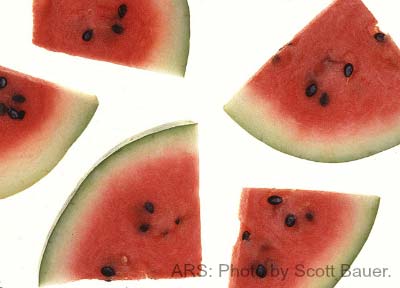A Rutgers University study looked whether the “5-second rule” is a reality or a myth. For those few who are not familiar with this rule, it states that food that drops to the floor and is picked up in less than 5 seconds is safe to eat.
The Rutgers study, published online in the American Society for Microbiology’s journal, Applied and Environmental Microbiology, looked at four different foods, surfaces and contact times. The four foods were watermelon, bread, bread with butter, and gummy candy. The four surfaces were stainless steel, ceramic tile, wood and carpet. The four contact times were less than one, 5, 30 and 300 seconds.
The study found that “some transfer takes place ‘instantaneously’ at times <1 s, disproving the ‘five-second rule’.” For example, watermelon got contaminated as soon as it touched the contaminant on the surface, regardless of the surface. However, with bread, bread and butter, and gummy candies, the transfer was negligible in less than 5 seconds, even 30 seconds in some cases. In almost all cases, the longer the food sat on the surface, the greater the number of microorganisms on the food.
Watermelon was the food with the highest and fastest transfer rate. The authors of the study hypothesized that this was because of it being moist and a flatter surface.

Surprisingly, carpet transferred the least amount to all four foods.
The 5-second rule was not totally debunked. Time does matter, unless the food is wet, then there is no time, only contaminated matter.
For the study, the microorganism used was Enterobacter aerogenes, which is similar to Salmonella bacteria, but harmless to humans. Below is a three-dimensional, computer-generated image of one serotype of Salmonella bacteria. The hairy-looking protrusions are fimbriae, which help the cell attach to the wall of the human intestine. The longer protrusions are flagella, which are used for movement. Once Samonella are ingested, they can cause severe illness, even death. Salmonella are only one of the many dangerous pathogens that can be on floors and other surfaces. They are invisible to the naked eye, therefore undetectable on a piece of food dropped on the floor. Regardless of whether the 5-second rule is reality or myth, food dropped on a floor should probably not be eaten.





